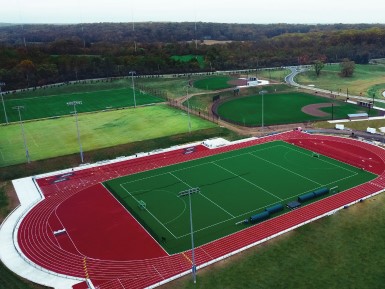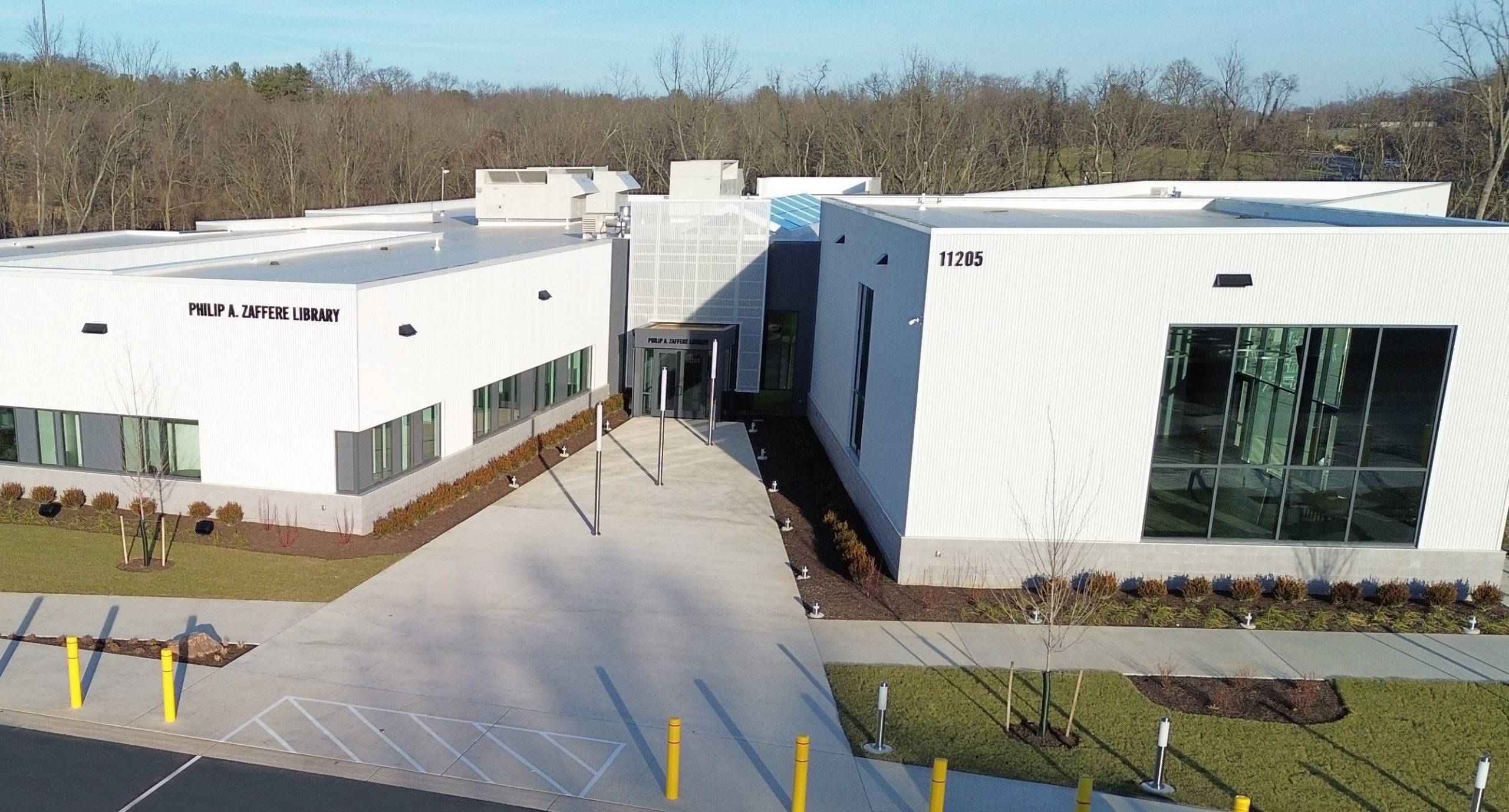4.10.1 Instructional Load for Full-time Faculty
Purpose: To direct supervisors in assigning full-time faculty teaching loads.
Full-time load: The standard full-time teaching load is defined as follows:
A. 12 contact hours per semester; 24 contact hours per academic year for Professors, Associate Professors, Assistant Professors, and Instructors.
B. 15 contact hours per semester; 30 contact hours per academic year for Senior Lecturers / Lecturers and all “Visiting” appointments.
C. In most cases, the number of credit hours equals the number of contact hours for a course. In some programs, primarily in the laboratory sciences and studio-based disciplines, the number of contact hours does not equal the number of credit hours. In most cases, load is calculated using the number of contact hours. In certain cases, load is calculated differently and the rate will be provided to the faculty member, in writing, by the faculty administrator or dean at the time such a teaching assignment is made.
D. Delivery method for instruction is determined by school appointment. Full-time SUO faculty typically deliver their full teaching load online. Full-time “traditional” faculty (i.e. all faculty with primary appointments outside of SUO) typically deliver their full teaching load in a face-to-face format. Exceptions must be approved by the Dean.
Course preparations: Whenever possible, course preparations should not exceed more than three unique courses per semester. Assignment of more than three course preparations per semester must be approved by the Dean.
4.10.2 Instructional Load for Adjunct Faculty
Purpose: To direct supervisors in assigning adjunct faculty teaching loads.
Traditional Adjunct Faculty
These part-time faculty are Adjunct Professors or Adjunct Instructors hired and assigned to teach face-to-face or 16-week online courses housed in and delivered by any of the traditional schools (all schools other than SUO).
Stevenson University Online Adjunct Faculty
These part-time faculty are Adjunct Professors or Adjunct Instructors hired and assigned to teach online courses housed in and delivered by SUO.
Adjunct load: The adjunct faculty teaching load is defined as follows:
A. The maximum adjunct workload across all positions at Stevenson is aligned with the Affordable Care Act (ACA) definition of part-time employment and calculated using the formula and guidelines set forth by the EVPAA/Provost. For the purpose of assigning work to part-time faculty, the relevant 12-month period to use in the calculation is September through August.
B. In most cases, the number of credit hours equals the number of contact hours for a course. In some programs, primarily in the laboratory sciences and studio-based disciplines, the number of contact hours does not equal the number of credit hours. In most cases, load is calculated using the number of contact hours. In certain cases, load is calculated differently and the rate will be provided to the faculty member in writing by the faculty administrator or dean at the time such a teaching assignment is made.
C. Adjunct faculty may be assigned non-standard instructional activities provided they do not meet or exceed the ACA and University guidelines for part-time employment. Compensation for these activities will be at the established rate(s).
4.10.3 Instructional Load for Special Appointment Faculty
Special appointment faculty do not have General Faculty status, do not serve on faculty governance committees, and are exempt from academic advisement duties.
A. Workload for special appointment faculty is specified in individual contracts that are issued by the Executive Vice President for Academic Affairs & Provost.
4.10.4 Non-Standard Instructional Loads and Activities
Overloads:
An overload is defined as a teaching assignment that causes the full-time faculty member’s annual load to exceed that to which the faculty member is contractually obligated. Overloads are authorized by the Dean only when an overload assignment is absolutely necessary to ensure the quality of the academic program and the student learning experience.
Overloads will be paid at the adjunct instructor rate for full-time instructors/lecturers and at the adjunct professor rate for full-time senior lecturers, assistant professors, associate professors, and professors.
Compensation for an overload carried by a full-time faculty member is paid in equal installments over the semester in which the faculty member exceeds their annual contractual obligation. For this reason, overload payments are typically disbursed during the spring semester.
Conference courses are not considered to be overloads in this context and are compensated per the established rates in the semester in which the conference course is taught.
Adjunct faculty are not permitted to be assigned course overloads or any employment activities that, when combined with other teaching activities, would meet or exceed the established guidelines for part-time faculty.
Conference Courses:
The option to offer a course as a conference course is designed to permit the delivery of academic content to students in majors and courses that are under-enrolled and where the ability
of a student to earn a degree in that under-enrolled major would otherwise not be possible. Conference courses are not intended to be used as a substitute for careful academic planning.
Conference courses may be offered by permission of the Dean after ensuring budget viability and authorizing compensation parameters.
If a full-time faculty member is assigned to teach a conference course, then it must be taught in addition to the faculty member’s normal full-time load. The faculty member is compensated for teaching a conference course in the semester that the course is taught. Faculty compensation for a conference course shall not exceed compensation for delivery of a standard course section.
In general, faculty may not teach more than one conference course per semester. However, when student and scheduling needs require, faculty may teach up to two conference courses in a semester with permission from the supervisor and Dean. If the combined enrollment in the two conference courses is sufficient, then the Dean may authorize the combination to count toward faculty load.
Compensation for conference courses is per guidelines established by the Office of the Provost.
Credit for Prior Learning Assessment—Portfolio Review (SUO only):
The Credit for Prior Learning (CPL)—Portfolio Review program in SUO offers students a vehicle for converting university-level learning achieved through verifiable professional work experiences and community activities into Stevenson University credit. Students are guided through the process by an advisor in Stevenson University Online. For more information, refer to the SUO Credit for Prior Learning Policy in the SUO Catalog and the SUO Portfolio Review Handbook.
Faculty compensation for a CPL Portfolio Review is per guidelines established by the Office of the Provost.
Reassigned Time:
Full-time faculty members are expected to teach the standard number of credit/contact hours (see 4.9.1). The burden of administrative duties are carried by the deans and faculty administrators.
A limited number of full-time general faculty are granted an annual load reduction by the EVPAA & Provost for the completion of critical responsibilities, and this reassigned time is reflected in the Annual Faculty Agreement.
Occasionally an extraordinary circumstance may arise (e.g., directing the Middle States accreditation self-study) requiring a temporary load reduction or reassigned time. Such an arrangement must be recommended by the appropriate supervisor(s) and must be approved by the Executive Vice President for Academic Affairs & Provost.
Load reductions and reassigned time will be kept to a minimum and may be awarded on a semester or annual basis; the Office of the Provost will keep a record of all such arrangements.
(Approved January 2020)






